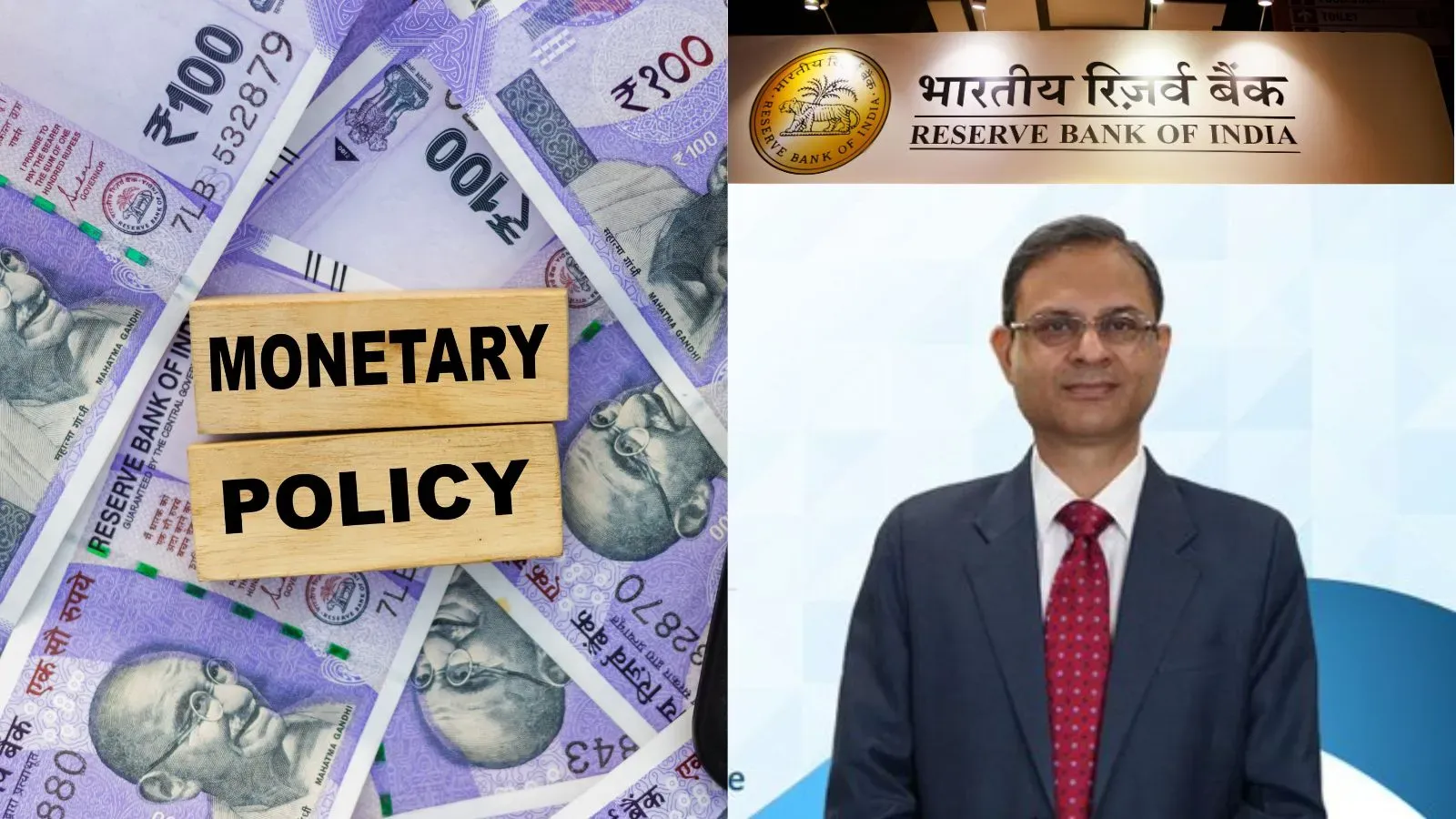Business News
Ahead of Union Budget 2024, see major highlights of the interim budget
.png)
5 min read | Updated on June 20, 2024, 19:11 IST
SUMMARY
The interim budget maintained the status quo in rates of direct and indirect taxes, including import duties. Corporate taxes for existing domestic companies were left unchanged at 22% and new manufacturing companies were kept in the bracket of 15%. There was no tax liability up to ₹7 lakh under the new tax regime. Certain benefits for startups were extended for one year, up till March 31, 2025.

The interim budget was presented on February 1, 2024
As Finance Minister Nirmala Sitharaman presents the Union Budget 2024-25 next month, she is set to make history. She will become the first Finance Minister to present seven consecutive Union Budgets, surpassing Morarji Desai’s record of six.
In the interim budget, tabled before the Lok Sabha elections, the finance minister outlined several key reforms and schemes.
Major highlights of the Interim Budget 2024-25
The government announced an increase of 11.1% in capital expenditure for FY 2024-25, setting it at ₹11,11,111 crore, which is 3.4% of the GDP.
For FY 2023-24, India’s GDP is expected to grow by 7.3%, matching the RBI’s forecast, FM Sitharaman had said in her interim budget speech. Meanwhile, the IMF (International Monetary Fund) has increased India’s growth estimate to 6.3% and predicts that the country will be the third-largest economy in the world by 2027.
The interim budget estimated the total receipts to be ₹30.80 lakh crore, not including borrowings. The total expenditure is expected to reach ₹47.66 lakh crore, and tax receipts are projected to be ₹26.02 lakh crore.
Here were the key developmental plans announced
Railways
Three major economic railway corridor programmes are in the pipeline- (i) Energy, mineral and cement corridors (ii) Cement corridors, port connectivity corridors (iii) High-traffic density corridors
There are also plans to upgrade 40,000 regular rail bogies to Vande Bharat standards to improve safety, convenience, and passenger comfort.
Aviation
Under the UDAN scheme, the plan is to expand existing airports and comprehensively develop new ones.
Urban Transport: Development of urban transport through Metro Rail and NaMo Bharat.
Clean Energy sector
Here were the anticipated reforms listed in the clean energy sector:
- Gap funding for wind energy: This initiative will tap into the potential of offshore wind energy, starting with a capacity target of 1 gigawatt.
- Plans include setting up facilities to convert coal into gas and liquid fuel, with a target for 100 million tonnes by 2030.
- There will be a gradual blending of CNG, PNG, and compressed biogas.
- Financial aid will be provided to buy equipment for biomass aggregation machinery.
- About one crore homes will be equipped with rooftop solar panels, providing up to 300 units of free electricity per month.
- Efforts will be made to boost the electric vehicle industry by helping manufacturing and charging infrastructure.
- A new initiative will promote eco-friendly alternatives through biomanufacturing and bio-foundries.
Housing
Government plans were in place to subsidise the construction of 30 million affordable houses in rural areas, as per the interim budget. The 'Housing for Middle Class' scheme will be launched to help middle-class individuals build their own homes, it was announced.
Healthcare
In the healthcare sector, efforts were underway to promote cervical cancer vaccination among girls aged 9 to 14 years. A new platform called ‘U-WIN’ will be launched to enhance immunisation under the Mission Indradhanush initiative.
Additionally, there are plans to widen the scope of the Ayushman Bharat scheme to cover all ASHA workers, Anganwadi workers, and helpers.
Agriculture
In the agricultural sector, efforts were being made to promote the use of 'Nano DAP' across different agro-climatic zones for various crops, Sitharaman had said. This innovative agri-input, developed by the Indian Farmers Fertilizer Cooperative Limited (IFFCO), uses nanotechnology to address nitrogen and phosphorus deficiencies in crops during their growth stages.
Policies are also being developed to support dairy farmers and combat foot and mouth disease, aiming to safeguard the health of livestock and ensure sustainable dairy production.
State Capex
The government had announced the extension of a fifty-year interest-free loan scheme for capital expenditure to states. A total of ₹1.3 lakh crore was allocated, with ₹75,000 crore earmarked specifically for these loans to assist state-led reforms. Special attention will be given to developing the eastern region so that it can contribute to India's growth, as per the interim budget.
Other schemes that were announced
The government will form a high-powered committee to address rapid population growth and shifts in demography. The committee will provide recommendations towards the ‘Viksit Bharat’ goal.
Efforts will be made to encourage the private sector to participate more in research and development.
A fund of ₹1 lakh crore will be set up, offering a fifty-year interest-free loan to promote research and innovation in emerging fields.
The interim budget also mentioned that 25 crore people were moved out of multidimensional poverty. Under the PM-SVANidhi initiative, 78 lakh street vendors received credit assistance. Women entrepreneurs received money under Mudra loans amounting to ₹30 crore.
Additionally, the Skill India Mission has provided training to 1.4 crore youth. To encourage entrepreneurship, 43 crore loans have been sanctioned under the PM Mudra Yojana.
For farmers, direct financial assistance has been given to 11.8 crore individuals under the PM-KISAN scheme. Crop insurance has been extended to 4 crore farmers through the Fasal Bima Yojana. To streamline agricultural trade, 1,361 mandis (markets) have been integrated into the eNAM platform.
By signing up you agree to Upstox’s Terms & Conditions
About The Author
Next Story

